

Those who habitually whine about the supposedly off-putting “unconventional” new productions commissioned by Peter Gelb will have little to complain about here. Although the opera’s setting was moved—for no clear reason—to the late nineteenth century, Boito’s masterful adaptation of Shakespeare’s tale of the fall of a noble leader driven to murder his innocent wife by the conniving insinuations of a malign advisor was for the most part clearly presented.
And though Yannick Nézet-Séguin’s urgent, marvelously detailed conducting and Sonya Yoncheva’s exquisite first-ever Desdemona proved tremendously rewarding, it was difficult to see how this new vision was an improvement over the Met’s previous Otello, Elijah Moshinsky’s 1994 production.
Eschewing his usual designer Michael Yeargen, Sher turned to the eclectic English artist Es Devlin who works not only in opera and ballet but also designs concerts and videos for performers like Kanye West and Lady Gaga. With lighting designer Donald Holder and projection designer Luke Halls, she conjured a strikingly effective storm to open the evening, although the paparazzi-like flashes that greeted Otello’s entrance were peculiar—and blinding.
However, it soon became clear that her primary contribution was a gang of two-story frosted-lucite “boxes” representing architectural façades and constantly pushed about the stage by black-clad bunraku-like stagehands. These design elements were initially intriguing but soon became not only monotonous but confusing.
Just where was the second act taking place, for example? It seemed that Desdemona and Cassio encountered each other on a Cypriot street where Iago then first planted his seeds of suspicion. Then, suddenly after the quartet we landed in Otello and Desdemona’s bedroom (why? how?) where Iago recounted his encounter with the sleeping Cassio while lounging on a bed that just would not stay still.
During the third-act trio the boxes moved so much that it distracted from Otello’s attempt to overhear Iago’s interrogation of Cassio. At least the boxes vanished for the final act where the marital bed returned to a bare stage while projections evoked either roiling seas or turbulent clouds. The glass boxes, though, inexplicably reappeared for the bows!
Changing an opera’s setting to the time of the work’s composition has become such a common trope that it’s almost expected these days, but other than allowing Catherine Zuber to design some opulent hoop skirts for the ladies, the late 19th century milieu went for nothing. The much-debated decision to not use “blackface” for the title character proved a non-event, as Sher did little otherwise to portray Otello as an outsider in a society which both respects and fears him. Unfortunately, the Moor came across as just a gullible dupe.
Although the opera’s second half was more involving than the anemic opening two acts, Sher was no doubt hamstrung by his stolid Otello and Iago, Aleksandrs Antonenko and Zeljko Lucic. As the world suffers from a lamentable lack of dramatic tenors, one must be grateful to anyone who braves the rigors of one of Verdi’s most demanding roles.
In my previous encounters with the Latvian tenor at the Met in Rusalka, Boris Godunov, and Norma, Antonenko revealed a powerful, intriguingly dark instrument that he wielded bluntly but with an appealing ardor. He essayed an uneven Otello several years ago at Carnegie Hall with Riccardo Muti and the Chicago Symphony, but he was announced as unwell that evening.
Monday at the Met Antonenko was even more frustrating. While his large, penetrating tenor seems made for the role, he’s not a very imaginative or interesting performer: one is struck more by the conscientious effort displayed rather than by any special insights revealed. Not a natural actor, with a rather blank, inexpressive face, he was unable to chart Otello’s frightening, crushing decline, but then Sher gave him little to do other than the most traditional blocking.
Though he can make an exciting, trumpeting noise, Antonenko often seemed in vocal distress. He did break through occasionally to achieve some moving moments in the quieter parts of “Dio, mi potevi and “Niun mi tema.” He can’t be blamed that the opening night audience was probably thinking of another, greater Otello: the gala was dedicated to the galvanic tenor Jon Vickers, who died in July at age 88.
The all-important interplay between Otello and Iago went for little as Lucic gave another of his bland impersonations, notably lacking in bite and energy. While his large baritone sounded healthy and he sang with care and detail, his “Credo” rang false—this was no base, nihilist schemer. He took no joy in his machinations, his bland gloating over the unconscious, defeated Lion of Venice at the end of the third act displayed no triumph. As Antonenko was unable to project Otello’s nobility and Lucic Iago’s sly cunning, the devastating arc of the second act failed to make its usual impact.
Has there ever been an unsuccessful, unsympathetic Desdemona? Surely it is Verdi’s most grateful soprano role and most singers revel in it. But Yoncheva’s success was fully earned: she movingly portrayed not simply a victim but a proud, uncomprehending wife crushed by her husband’s crippling insecurities.
No longer the blonde seen in the rehearsal photos and videos released by the Met, she appeared instead in what seemed to be her own dark hair, embodying a Desdemona so voluptuously glamorous that Otello’s jealousy, however misguided, was surely understandable. Her triumph at the Met earlier this year as Violetta was clearly no fluke. Even in this first assumption of Desdemona, she was already a mistress of the role. Although one might have occasionally wished for a bit more color or for more amplitude in the soaring lines of the third act finale, she consistently sang with beauty and security.
The demanding fourth-act scena was devastating in its eerie evocation of the approaching catastrophe, and, as her previous three Met roles have shown, she knows how to die like a pro! One prays that Gelb has made sure that the young Bulgarian soprano will be a frequent Met visitor in the future.
That there was no applause after her serene “Ave Maria” was a tribute to Yoncheva and her sterling conductor rather than the scene’s misbegotten staging. Nézet-Séguin throughout the evening drew powerful and nuanced playing from his inspired orchestra and full-throated, thrilling singing from his chorus. As his numerous Don Carlo performances at the Met have shown, he can be an inspiring Verdi conductor, alive to the drama’s sweeping grandeur but no less attentive to its tender and intimate moments. Clearly the orchestra—and the audience—love him and the Met is blessed to lay claim to much of his operatic work each season. The prospect of an upcoming Elektra in Montréal this November is very enticing.
His supporting cast was a mixed bag: the usually appealing Jennifer Johnson Cano sounded uncharacteristically stressed as Emilia (perhaps this is just not her role) and Dimitri Pittas’s nervously wide-open singing as Cassio brought little pleasure. However, in a pleasing change from the usual casting of Lodovico with one of the company’s elderly basses, the Met engaged the striking, vigorous Günther Groissböck who returns next month as Hermann in the revival of Tannhaüser.
This Otello is the sixth production mounted by Sher at the Met since 2006 and, although I missed Nico Muhly’s Two Boys, his continued prominence during the Gelb years baffles me. His initial Barbiere di Siviglia has proved to be a lasting success, but his subsequent productions have been met with a combination of head-scratching and derision. Otello will do little to dissuade the nay-sayers—Sher just seems to have no point of view about the opera.
Perhaps his production will prove easy to revive and hospitable to future performers (Jonas Kaufmann, anyone?), but there’s just nothing interesting going on—we don’t discover anything about Verdi’s masterpiece that we didn’t already know. Those noisy traditionalists may be happy but the general darkness and non-Zeffirelli sparseness of the design might still inspire squawks. And those yearning for something insightful or challenging will just be bored.
Photos: Ken Howard, Metropolitan Opera
Reach your audience through parterre box!
parterre box, “the most essential blog in opera” (New York Times), is now booking display and sponsored content advertising for the 2023-2024 season. Join Carnegie Hall, Lincoln Center, Warner Classics and many others in reaching your target audience through parterre box.
parterre box, “the most essential blog in opera” (New York Times), is now booking display and sponsored content advertising for the 2023-2024 season. Join Carnegie Hall, Lincoln Center, Warner Classics and many others in reaching your target audience through parterre box.
-
Topics: bartlett sher, opening night, sonya yoncheva, the Met
Latest on Parterre
Merry Widow | Finger Lakes, NY | July 25-28
Geneva Light Opera’s production of Lehar’s The Merry Widow will feature prize-winning baritone Bryan Murray and soprano Alexis Olinyk in the superb acoustics of in the landmark Smith Opera House in Geneva, New York on July 25, 27, and 28. A small city on the north end of the largest of NY’s Finger Lakes, Geneva…
Geneva Light Opera’s production of Lehar’s The Merry Widow will feature prize-winning baritone Bryan Murray and soprano Alexis Olinyk in the superb acoustics of in the landmark Smith Opera House in Geneva, New York on July 25, 27, and 28. A small city on the north end of the largest of NY’s Finger Lakes, Geneva…
parterre in your box?
Get our free weekly newsletter delivered to your email.


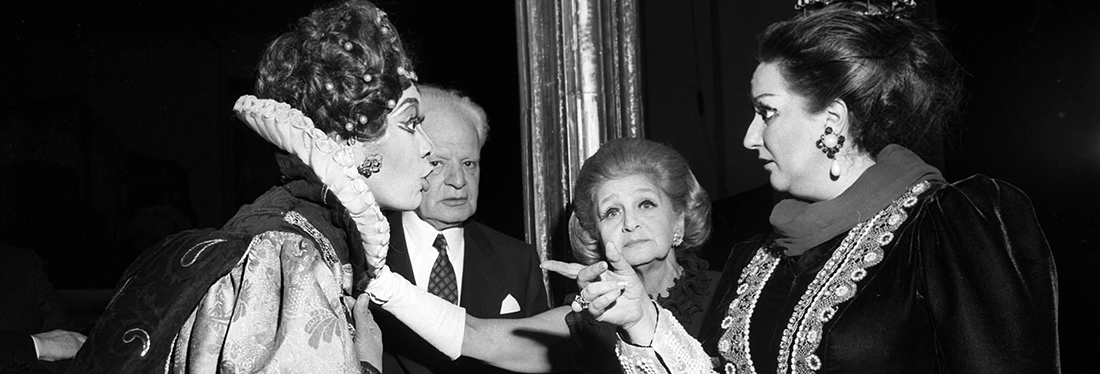
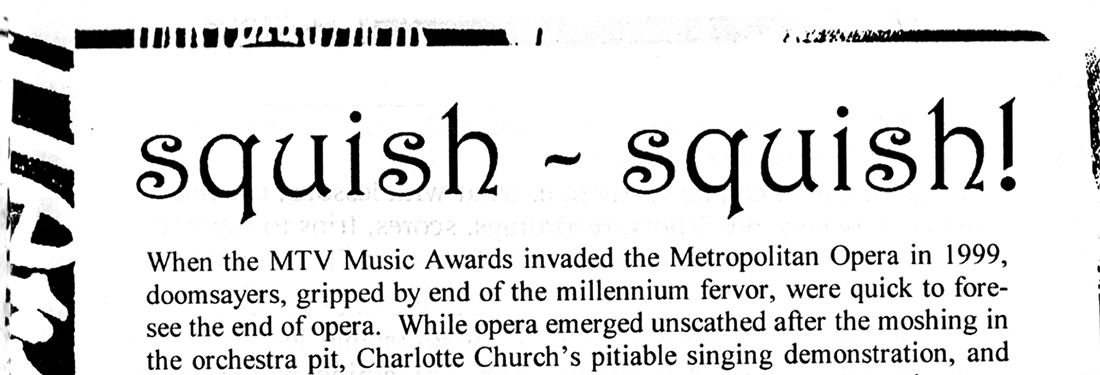
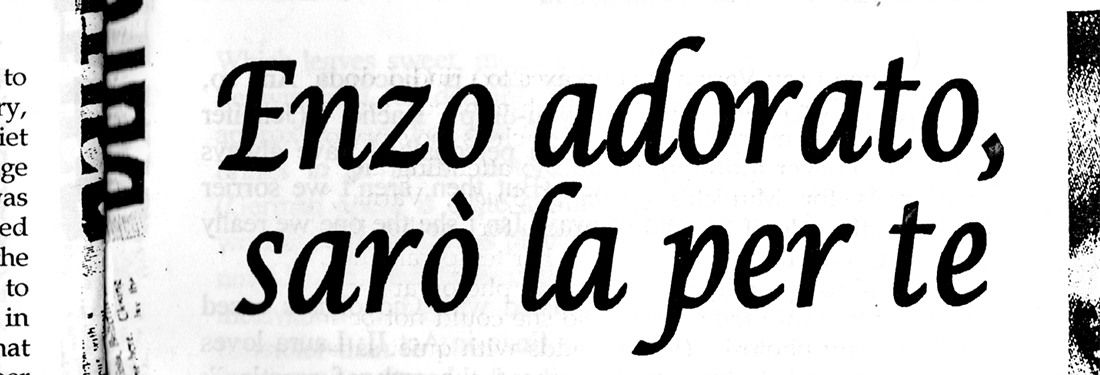
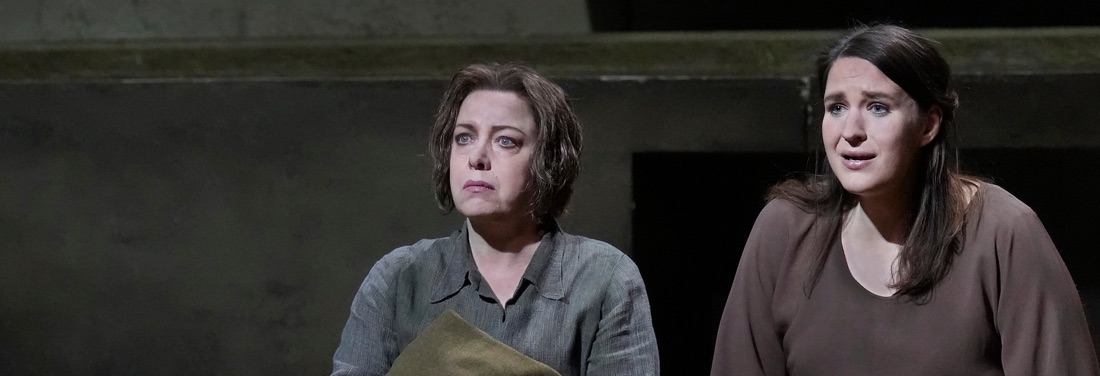
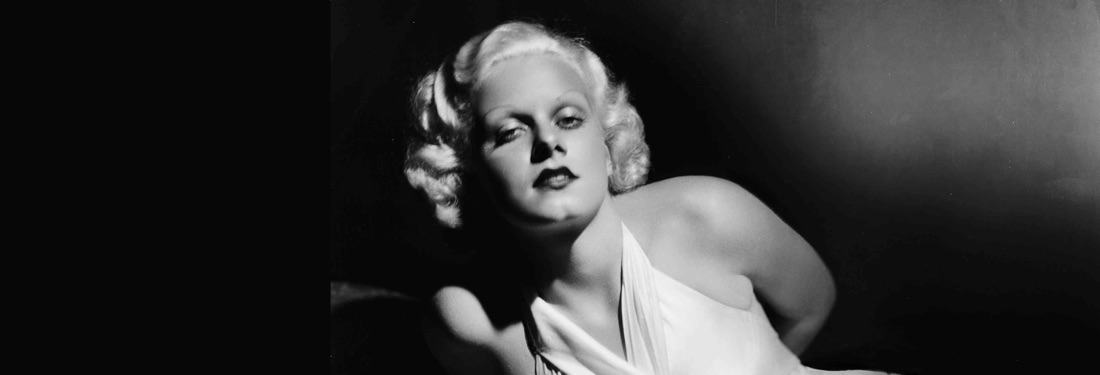
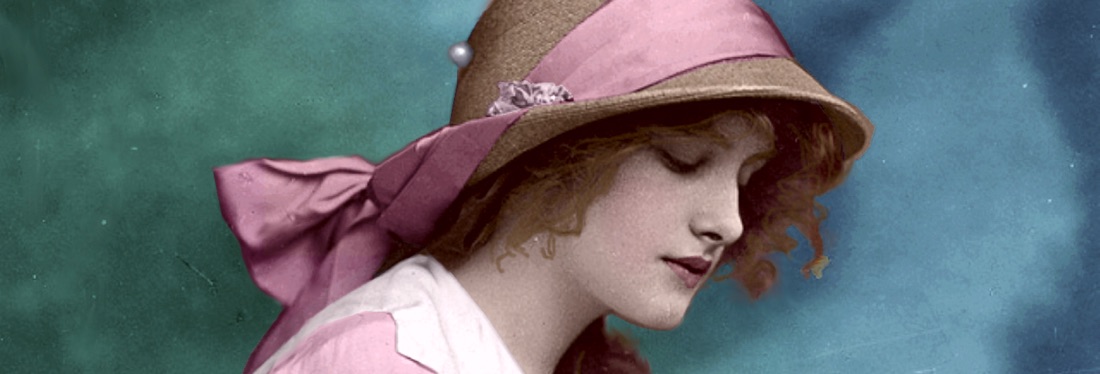
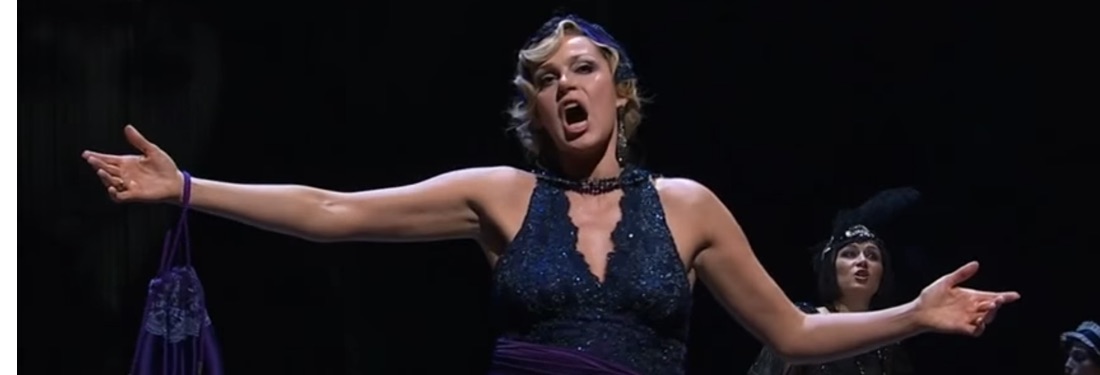
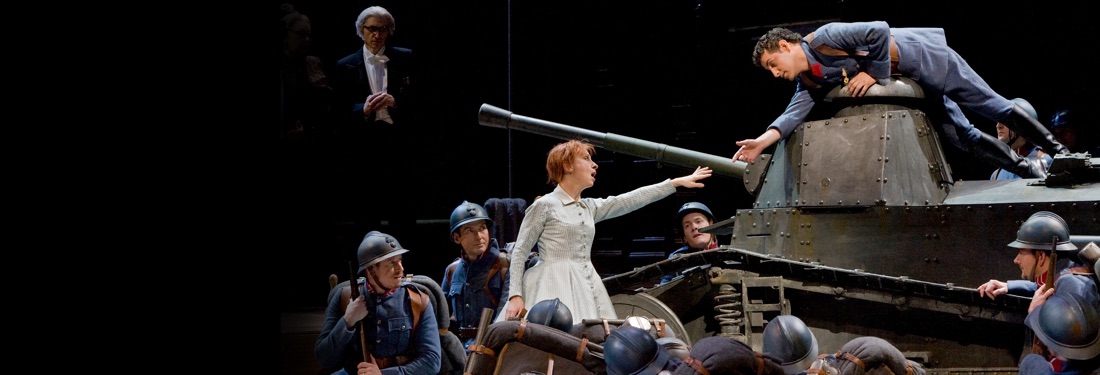
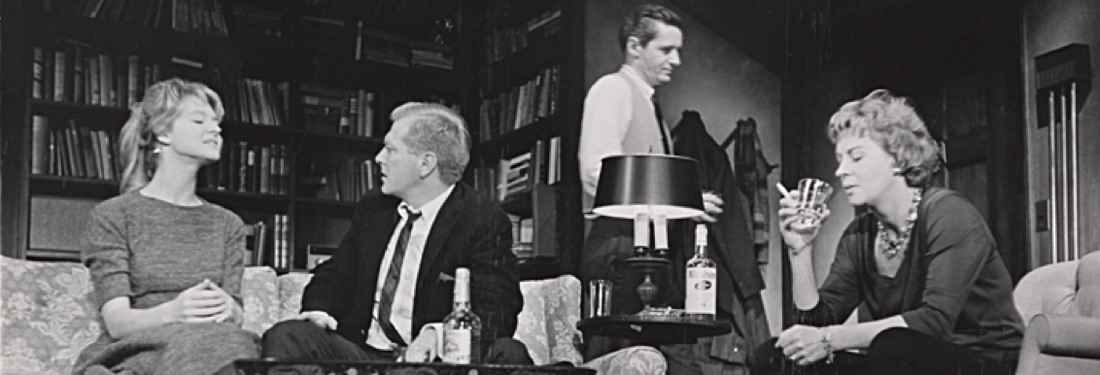
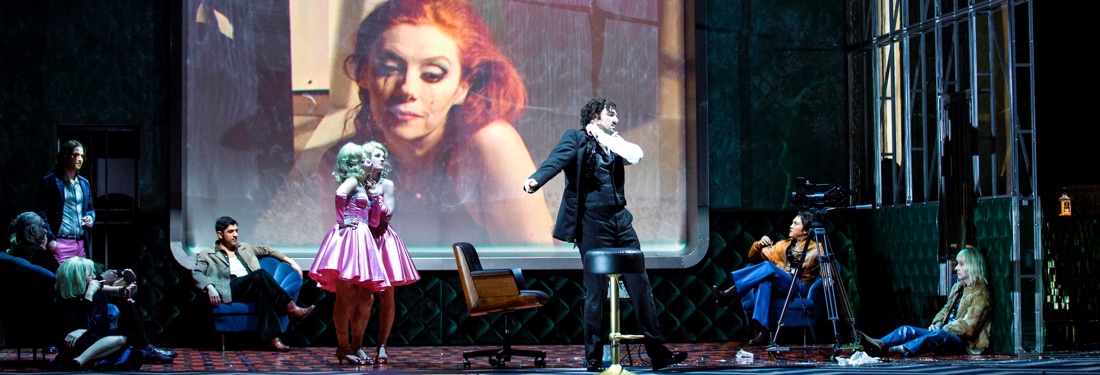
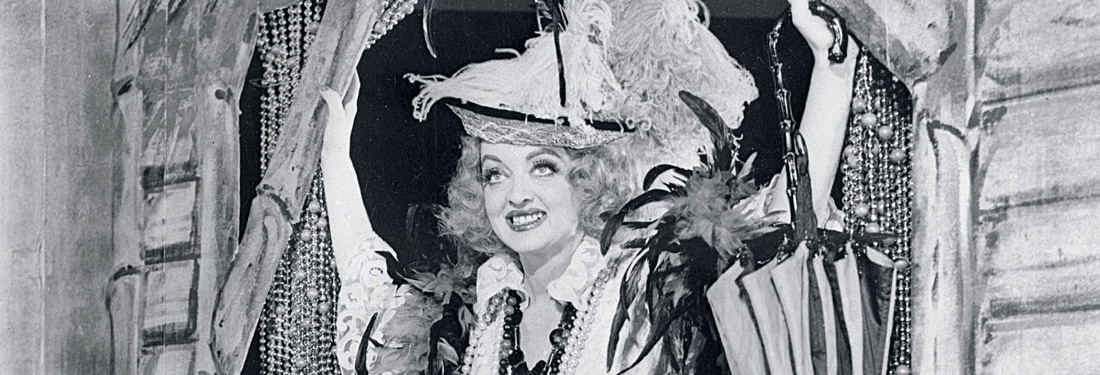
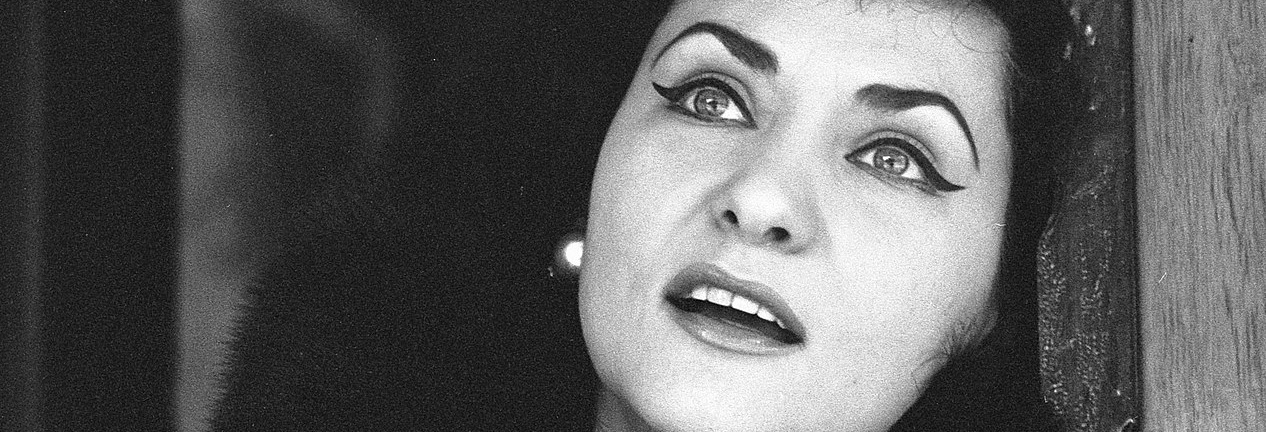
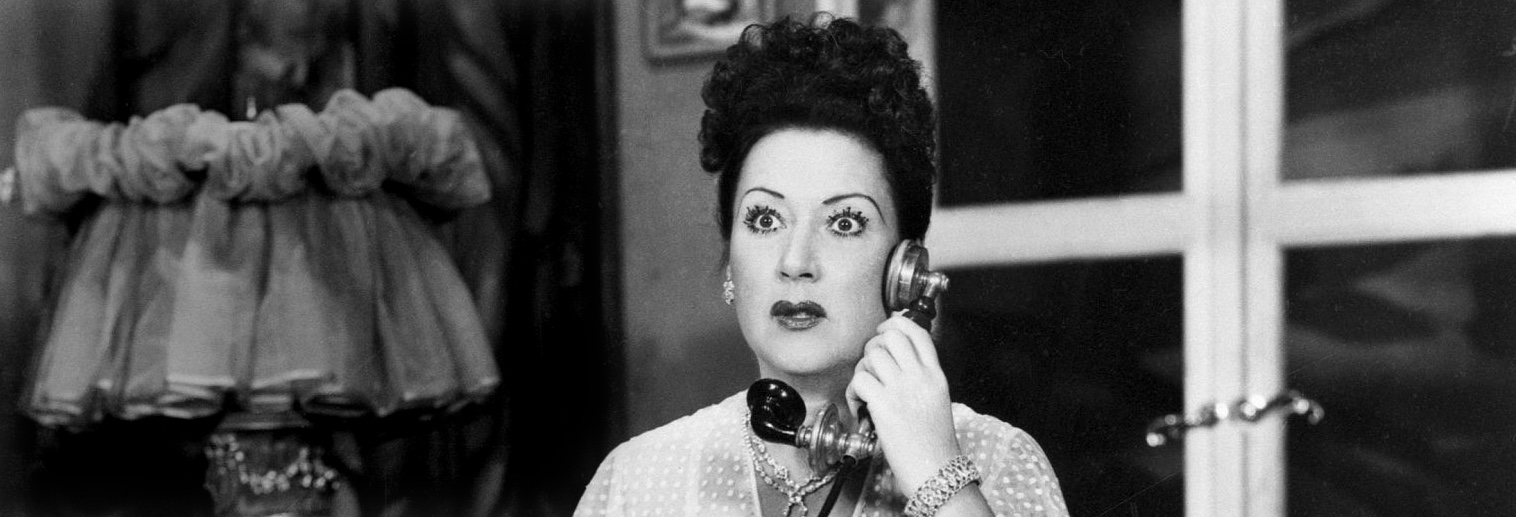
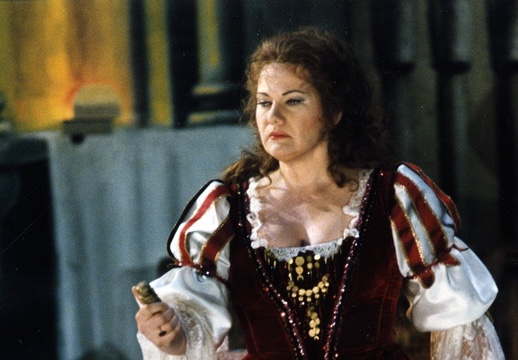


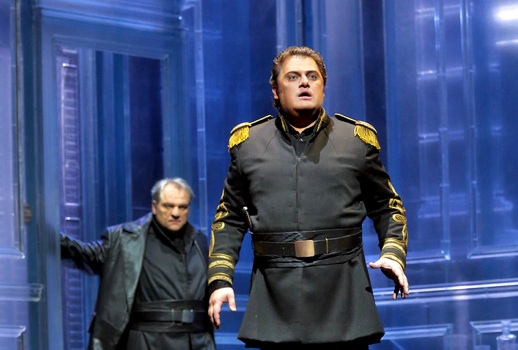

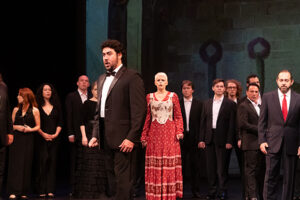
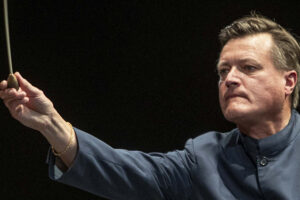
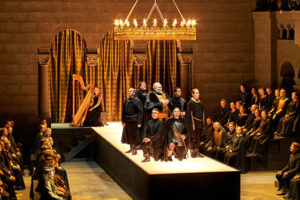
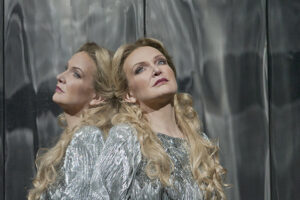
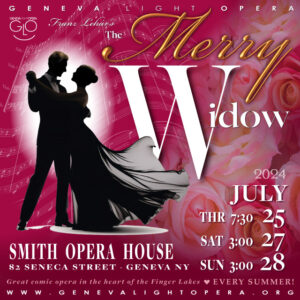



Comments